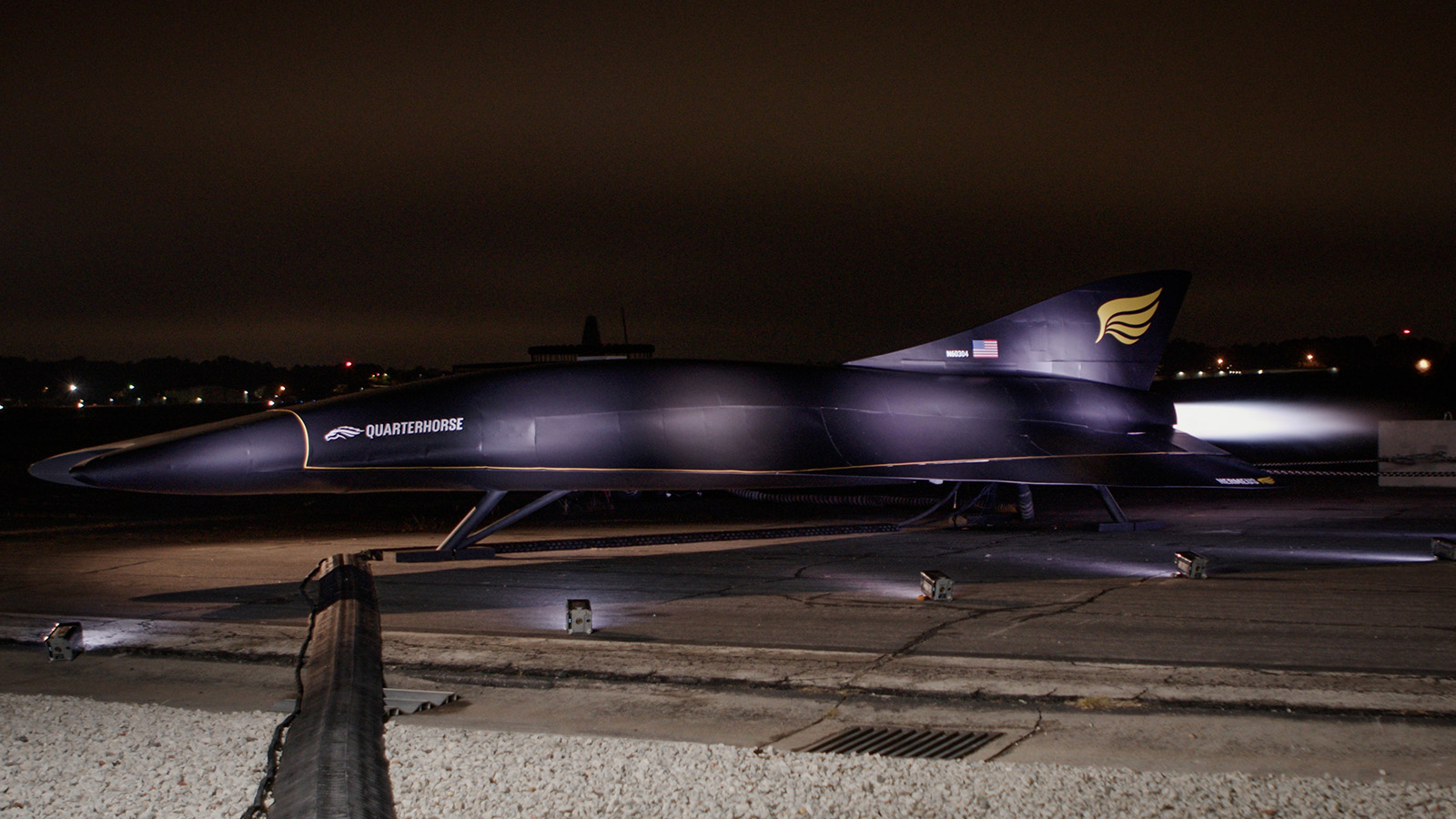Stay Up to Date
Submit your email address to receive the latest industry and Aerospace America news.
The Hypersonic Technologies and Aerospace Planes Technical Committee works to expand the hypersonic knowledge base and promote continued hypersonic technology progress through ground and flight testing.
The American academic hypersonic ecosystem continued to expand. Over the past year, 120 organizations joined the University Consortium of Applied Hypersonics, whose mission is to furnish the innovation and workforce to create modern hypersonic flight vehicles for national defense. Additionally, three collaborative centers were formed. In March, University of Colorado Boulder and NASA announced the Advanced Computational Center for Entry System Simulation, a multipartner collaborative institute, focused on researching hypersonic thermal protection systems. In July Purdue University announced the Hypersonics and Applied Research Facility, or HARF, a 65,000-square-foot research lab with the first Mach 8 quiet tunnel, a hypersonic pulse tunnel donated by Northrop Grumman and an additive manufacturing for hypersonics lab. In August the Purdue Research Foundation announced the creation of the Hypersonic Ground Test Center, with plans for the construction of test cells and labs for industry partners. The test center will be administered as a nonprofit consortium with Rolls-Royce North America as the foundational member. Of the two Purdue centers, HARF is more mature and is on track to be operational the first quarter of 2023.
The pace of flight testing for hypersonic research continued unabated, with mixed results. In June the U.S. Air Force Office of Scientific Research’s Boundary Layer Transition flight experiment failed during a test in Sweden. In mid-July, Russia announced it tested its Tsirkon (Zircon) hypersonic cruise missile. In late July, the U.S. Air Force’s Air-launched Rapid Response Weapon had its second failed flight test, but not due to the hypersonic design. The solid rocket motor failed to light — another instance in a trend of diminished solid rocket reliability. At the end of July, JAXA, the Japan Aerospace Exploration Agency, tested its rotating detonation engine in space on a sounding rocket. In August, China tested a hypersonic vehicle that first completed an orbit of the Earth before finding its target. In September, DARPA’s Hypersonic Air-breathing Weapon Concept had its first flight test. The missile was designed by Raytheon, while the scramjet propulsion system was designed by Northrop Grumman. At the end of September, North Korea said it had tested a new hypersonic glide vehicle.
The year 2018 was an inflection point for military hypersonic systems, specifically in March when Russia announced its Avangard hypersonic boost glide vehicle. In the years since, the U.S., China, India and North Korea have all flown hypersonic gliders. For commercial hypersonics, this year may be a similar inflection point — momentum has been building, as gauged by the influx of private capital investment into hypersonic startups. In March, Houston-based startup Venus Aerospace closed a $3 million seed funding round, to demonstrate its patented propulsion technology and develop its hypersonic commercial aircraft design. In August, Atlanta-based startup Hermeus raised $60 million through AFWERX’s Strategic Financing program, which receives government funds and matching venture capital funds. The award enables Hermeus to build an uncrewed aircraft to flight test its propulsion system across its operational envelope. In September, Beijing-based startup Ling Air Skywalk Technology closed a $15.5 million Series A financing round for the development of a Chinese commercial hypersonic passenger aircraft.
NASA’s Langley Research Center in Virginia funded two independent review studies on the business case for commercial high-speed flight, supersonic and hypersonic. Completed in April by two consulting groups, SAIC/BryceTech and Deloitte/SpaceWorks/NIA, both reports said the business case for commercial hypersonic flight was positive without any need for government subsidies.
In September, Australia, the United Kingdom and the United States announced the AUKUS working group. While media attention has focused on maritime submarine development, the agreement will allow the countries to share technical information about long-range hypersonic strike technology.
Contributors: Erik Axdahl, Joe Jewell, Dan Marren and A.J. Piplica
Stay Up to Date
Submit your email address to receive the latest industry and Aerospace America news.




